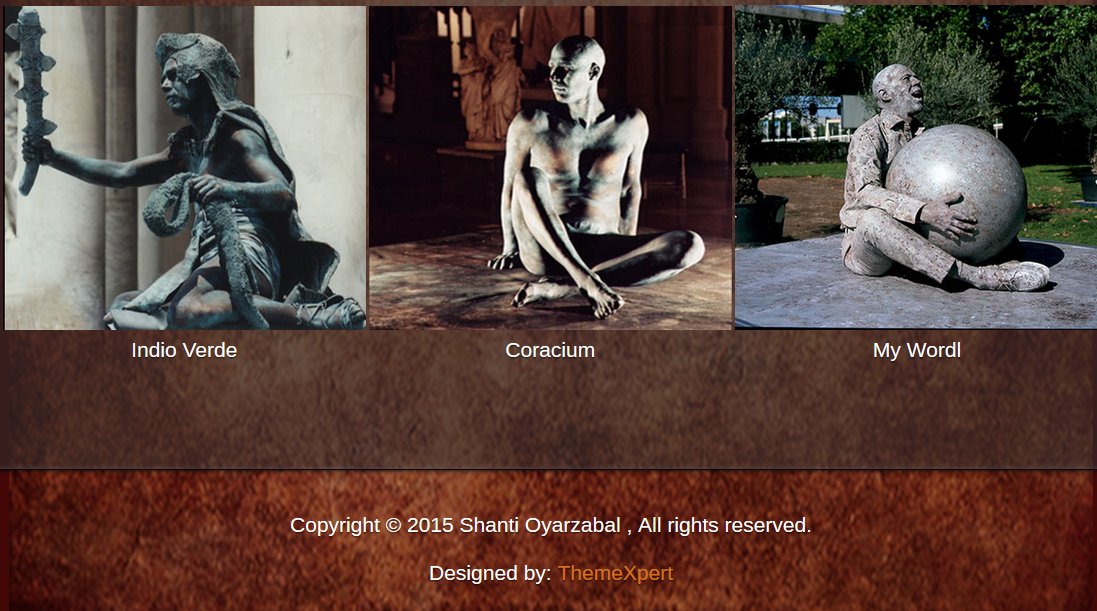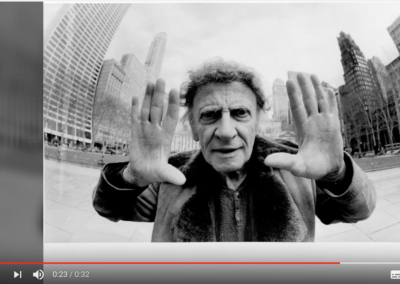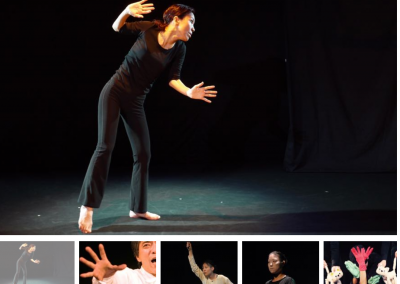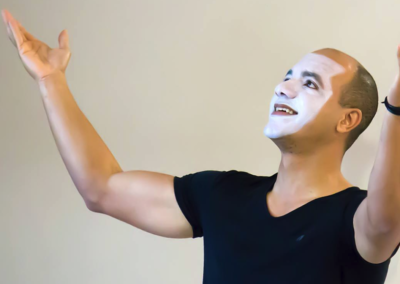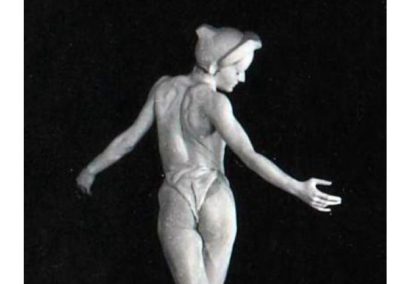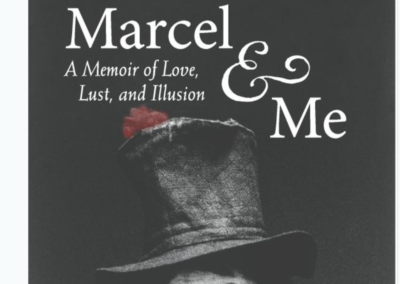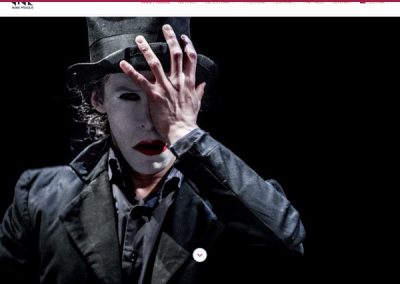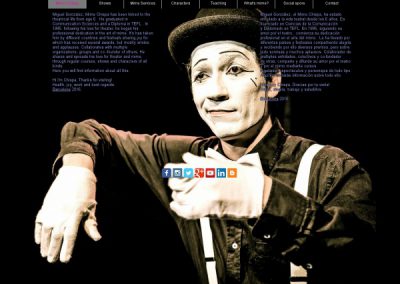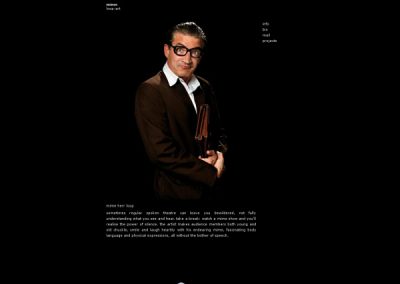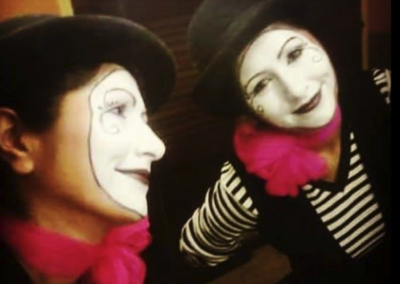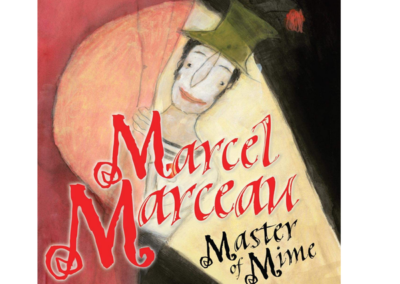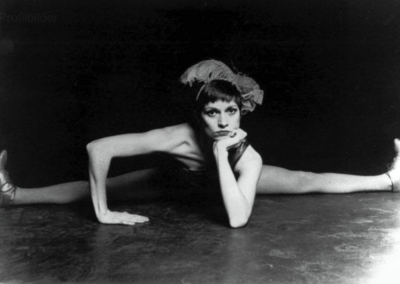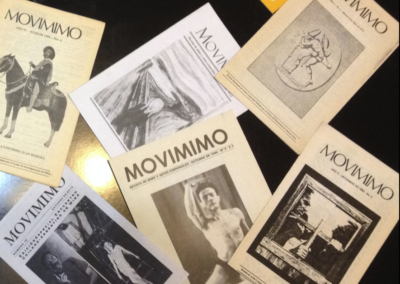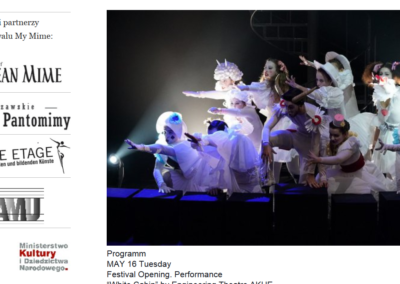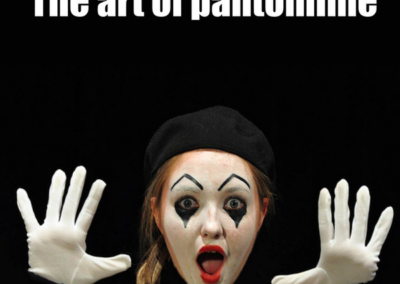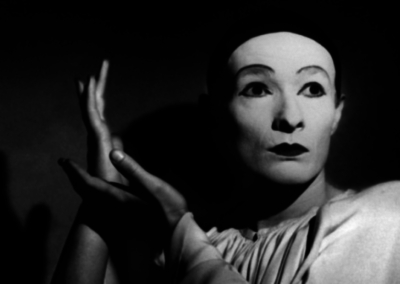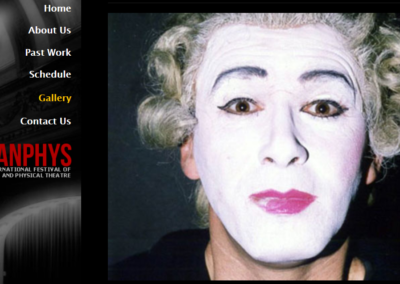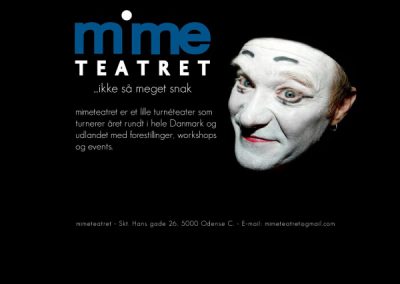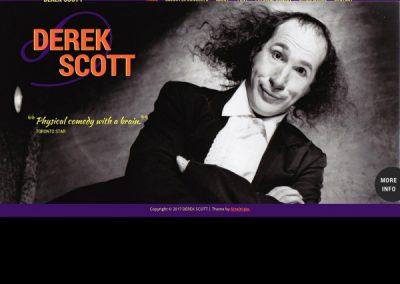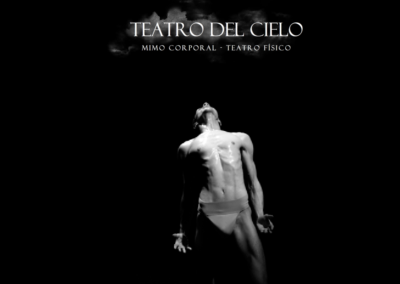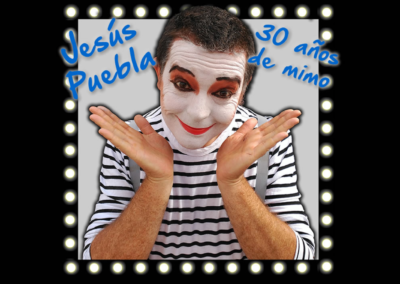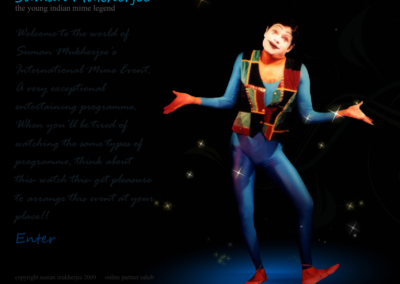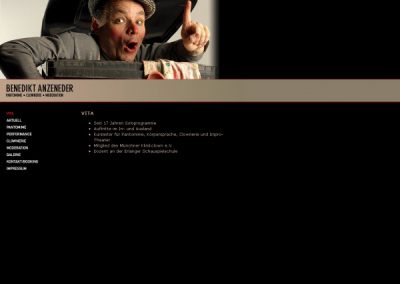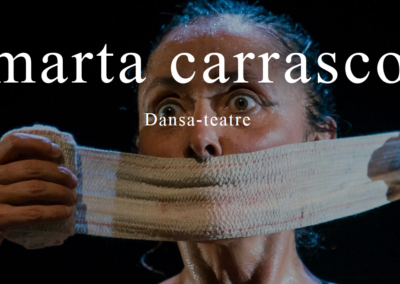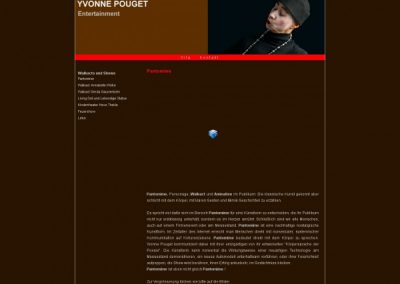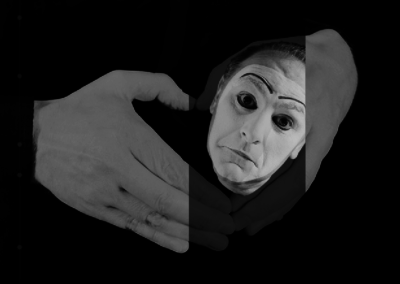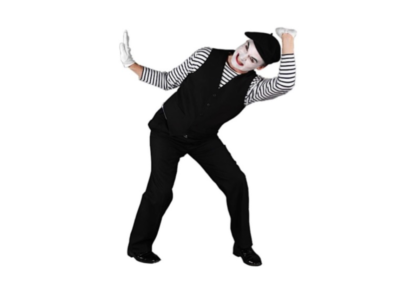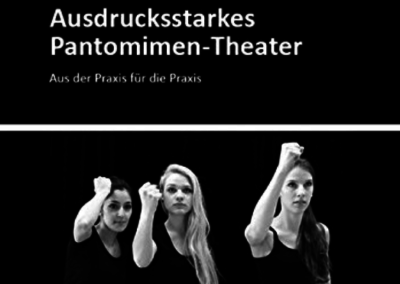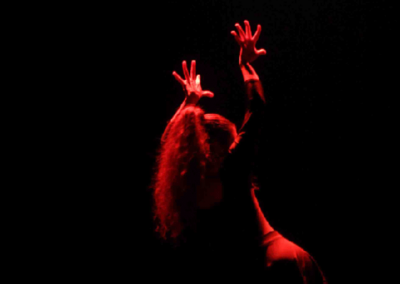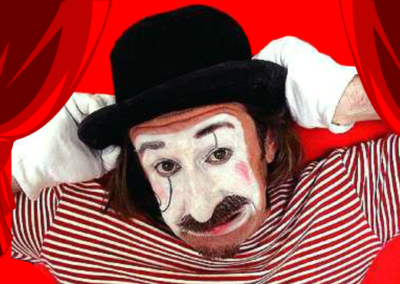Shanti Oyarzabal
† 09-03-2018
With the phrase “The life that ends and the death that comes to life”, defined Shanti Oyarzabal the essence of one of his most important contributions to the life of theater in Mexico and in Europe, The Dance of death.
The phrase takes full meaning before the death yesterday of the dancer, artist and Mexican perfomancer.
Shanti Oyarzabal was trained as an anthropologist at the ENAH in Mexico City. In 1979 he received a scholarship from the French government to study body mime at the Étienne Decroux school (1889-1991), a French actor considered the father of modern pantomime and co-founder of modern body theater whose most outstanding pupil was the mime Marcel Marceau .
During his stay in Paris, he also participates in butoh dance workshops, a Japanese dance technique created in 1950 that is characterized by slow movements and high precision that demand intense and complex corporal discipline.
Oyarzabal developed his own style and in 1987 after an invitation from the School of Fine Arts in Berlin, Germany, he works as a teacher offering training to actors, dancers and singers. In Berlin he founded the Inercia Theater in 1990, with which he made various corporal theater works that he performed in different stages of Europe.
Between Mexico and Germany, he develops his work with various stagings, in turn forming young Mexican and German artists. Some of his works were Amoratado in the Ensemble Theater Berlin (1990) You can not escape Teatro Helénico Mexico City (1991) Chac mool Theater Zerbrochenes Fenster (1992) Mein Gott! Strassenbahndepot, Moabit, Berlin (1994) Stranger Shakespeare Forum, Mexico / Fliegendes Theater, Berlin (1995).
Hieroglyphos Theater Zerbrochenes Fenster, Berlin (1996) Transmutation, Werkstatt der Kulturen Berlin (1998) Transparenz Werkstatt der Kulturen Berlin (1999) Terra Nostra Festival Reservoir, Kleiner Wasserspeicher Berlin, Skirmish. Mime Square Festival Belgium (2007).
In Berlin he is co-founder in 1995 of Calaca e.V., an association of artists that includes many Mexican and Latin American talents whose artistic and social work has enriched the cultural life of the German capital. In 2009, he was FONCA fellow in the field of dance for stage creators with a career.
In 1997 he created perhaps his most popular work, La Danza de la Muerte, a choreographic dance-theater work where he represented the life-death duality. Representing the figure of death as a living character, with music by Jorge Reyes, Shanti Oyarzabal made an unfolding of his person from performing a cheerful dance with a face mask of a prehispanic happy face that transforms into a striking figure of the death that continued dancing.
In an interview with La Jornada, Oyarzabal explained the essence of this staging.
“In every human group there is a celebration around death. More than differences, I’m interested in finding the essence that unifies the cults practiced in different cultures. ”
“The most interesting thing is that the idea of death becomes a tradition in Mexico, that’s why this work is not inspired by a Catholic tradition, but rather what are the deities or pre-Hispanic idols: the life that ends and the death that comes to life.
The word Shanti alludes in Sanskrit to peace, to the tranquility of the senses. Rest in peace Shanti Oyarzabal.
